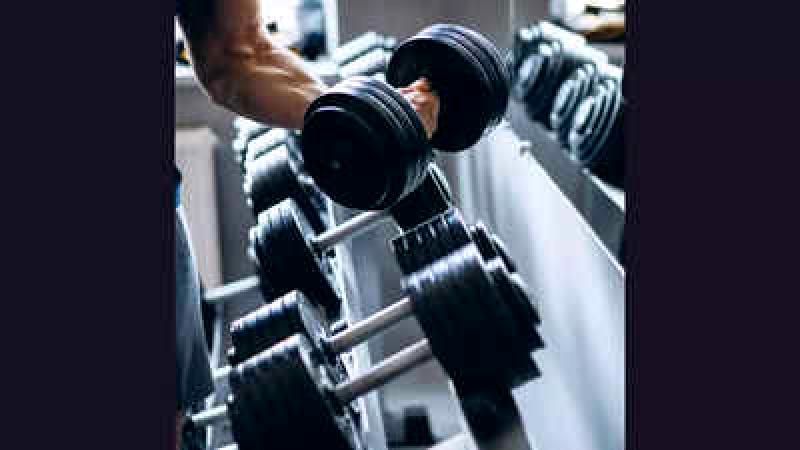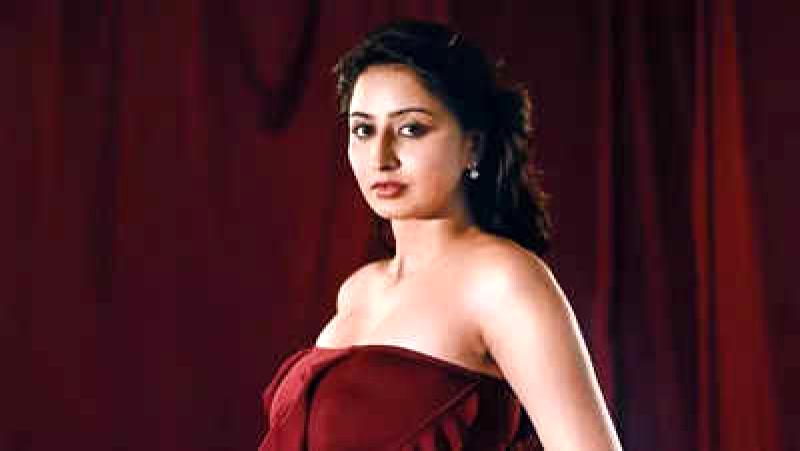
On the screen, women in the Kannada film industry are celebrated as 'sheroes'. However, behind the scenes, they continue to face challenges in establishing their presence and asserting their voices. While their performances, costumes, makeup, and hairstyles garner attention and admiration, the women working behind the scenes struggle with basic facilities such as washrooms on film sets. Additionally, issues of pay disparity persist. The industry has evolved over the past decade, with a significant increase in the number of women working on film sets in various roles such as stylists, choreographers, and cinematographers. Despite this progress, the industry's infrastructure and culture remain predominantly male-oriented, with limited efforts towards inclusivity. Women in the industry often face everyday sexism as a part of their job. Some navigate these challenges while hoping for a better future, while others choose to leave and pursue independent work.
Female technicians face challenges due to the patriarchal system: Makeup artiste
The makeup industry is largely dominated by male "makeup dadas," and even the makeup artist association is male-dominated. Women in this field are often underestimated due to patriarchal beliefs that men are superior, based on their generational experience. When working through the association, women receive low daily pay ranging from ₹2,000-3,000, compared to earning around ₹15,000-20,000 outside the association. Despite the preferences of female leads for specific makeup artists, women often have to work alongside a man assigned by the association. This arrangement can be uncomfortable, as women artists work inside the caravan while men assist the actresses on set, even with tasks like zipping up outfits or applying cleavage makeup.Actresses like Vydurya Lokesh are often only considered for smaller projects, according to a screenplay writer. Producers frequently question whether a script is focused on women when approached with a new idea. There is a common misconception that women are limited to low-budget or non-commercial films, which is unfortunate. Stereotypical genres are assigned to women in the industry, making it difficult for them to break free. Some producers have even suggested adding a male director's name alongside a female director's to attract more viewers to theaters. This lack of respect and recognition extends to other female professionals in the industry. Screenwriters and associate directors like Manasa Sharma emphasize the need for a change in mindset from the very foundation of the industry. Basic needs, such as access to proper facilities on set, are often overlooked for stylists like Tejaswini Anjan Kumar. Despite some progress towards inclusivity in the industry, the provision of essential support for women professionals remains lacking.There is a need for an increase in female representation in the entertainment industry, particularly in voice acting. Female dubbing artists often have fewer opportunities compared to their male counterparts due to a lack of substantial roles for women in films. There has been a noticeable absence of women-centric films recently, and even in the music industry, solo songs featuring female vocalists are becoming rare. More female voices are required onscreen to address this disparity. — Sparsha RK, singer and voiceover artist.











